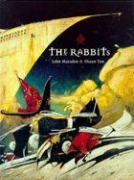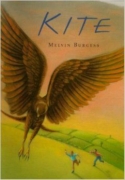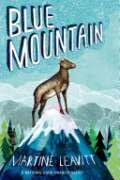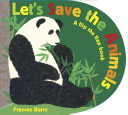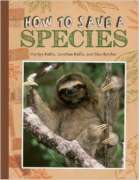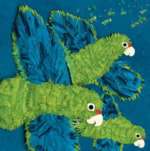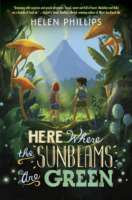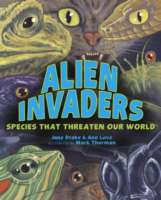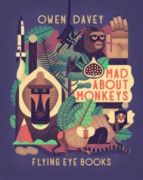
With over 250 species inhabiting our planet, this book explores the many different types of monkeys from the smallest Pygmy Marmoset to the largest Mandrill, and provides all the facts you wanted to know and more. Discover where monkeys come from, how they swing from tree to tree, and why they fight and play with each other.
Featured in Volume VIII, Issue 2 of WOW Review.

